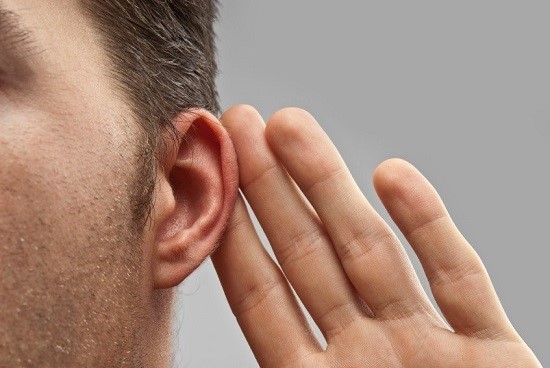
To state that hearing loss is prevalent is a bit of an understatement. In the United States, 48 million people report some measure of hearing loss. As a result,, on average, for every five people you meet, one will have hearing loss. And at the age of 65, it’s one out of three.
With odds like that, how do you avoid becoming one of those five?
To help you understand how to maintain healthier hearing throughout your life, we’ll take a closer look at the causes and types of hearing loss in this week’s posting.
How Healthy Hearing Works
Hearing loss is the disruption of normal hearing, so a good place to start is with an understanding of how normal hearing is supposed to work.
You can think of normal hearing as composed of three chief processes:
- The physical and mechanical conduction of sound waves. Sound waves are created in the environment and travel through the air, like ripples in a pond, eventually making their way to the external ear, through the ear canal, and ultimately striking the eardrum. The vibrations from the eardrum are then transferred to the middle ear bones, which then excite the tiny nerve cells of the cochlea, the snail-shaped organ of the inner ear.
- The electrical transmission from the inner ear to the brain. The cochlea, once stimulated, translates the vibrations into electrical impulses that are transmitted to the brain via the auditory nerve.
- The perception of sound in the brain. The brain perceives the electrochemical signal as sound.
What’s interesting is that what we perceive as sound is nothing more than sound waves, vibrations, electric current, and chemical reactions. It’s a completely physical process that leads to the emergence of perception.
The Three Ways Normal Hearing Can Be Interrupted
There are three main types of hearing loss, each disrupting some aspect of the normal hearing process:
- Conductive hearing loss
- Sensorineural hearing loss
- Mixed hearing loss (a mixture of conductive and sensorineural)
Let’s take a look at the first two, including the causes and treatment of each.
Conductive Hearing Loss
Conductive hearing loss impedes the physical and mechanical conduction of sound waves to the inner ear and cochlea. This is due to anything that obstructs conduction.
Examples include malformations of the outer ear, foreign objects inside the ear canal, fluid from ear infections, pierced eardrums, impacted earwax, and benign tumors, among other causes.
Treatment of conductive hearing loss includes extracting the obstruction, dealing with the infection, or surgical correction of the malformation of the outer ear, the eardrum, or the middle ear bones.
If you have conductive hearing loss, for instance from impacted earwax, you could possibly begin hearing better immediately after a professional cleaning. With the exception of the more severe kinds of conductive hearing loss, this form can be the simplest to treat and can bring back normal hearing completely.
Sensorineural Hearing Loss
Sensorineural hearing loss impedes the electrical conduction of sound from the inner ear to the brain. This is caused by damage to either the nerve cells within the cochlea or to the auditory nerve itself.
With sensorineural hearing loss, the brain receives weak electrical signals, decreasing the volume and clarity of sound.
The primary causes of sensorineural hearing loss are:
- Genetic syndromes or fetal infections
- Regular aging (presbycusis)
- Infections and traumatic injuries
- Meniere’s disease
- Cancerous growths of the inner ear
- Side effects of medication
- Abrupt exposure to extremely loud sounds
- Long-term subjection to loud sounds
Sensorineural hearing loss is typically associated with exposure to loud sounds, and so can be prevented by avoiding those sounds or by defending your hearing with earplugs.
This form of hearing loss is a bit more complicated to treat. There are no current surgical or medical procedures to repair the nerve cells of the inner ear. However, hearing aids and cochlear implants are extremely effective at taking over the amplification tasks of the nerve cells, producing the perception of louder, crisper sound.
The third type of hearing loss, mixed hearing loss, is simply some mixture of conductive and sensorineural hearing loss, and is treated accordingly.
If you have any difficulty hearing, or if you have any ear discomfort or lightheadedness, it’s a good idea to talk with your physician or hearing professional right away. In nearly every case of hearing loss, you’ll attain the greatest results the earlier you take care of the underlying problem.